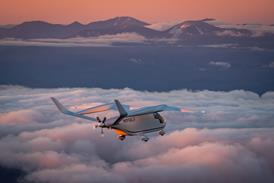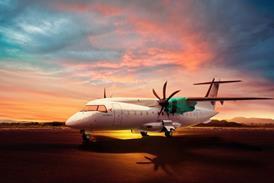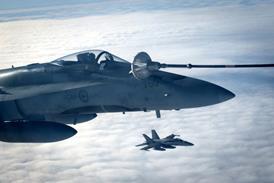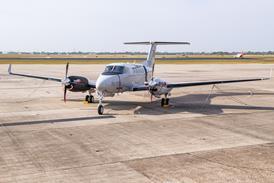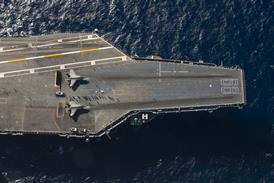The technology award was presented to All Nippon Airways
The Japanese always seem to be at the forefront of new technology. Stroll down Tokyo's Akihabara district, lined with high-tech gadget shops, and it is easy to see why Tokyo is often considered the world's technology capital.
It is no surprise then that All Nippon Airways (ANA) has made technology a cornerstone of its strategy to provide customers with a friendly, simple and convenient service. And it is how ANA has embraced and leveraged technology across its business that impressed the judges. The carrier's "e-smile programme", a slogan coined by ANA Group's 800-strong IT team, has yielded several products which have contributed to its three-year string of profits.
"We've got three basic pillars to the strategy," explains ANA chief information officer Katsuhiko Kitabayashi. "The first is based on trust - protection of information and security. The second is to give us something that gives us a competitive edge and something to connect our businesses. The third is to bring our costs down and improve our quality."
Over half of ANA's 45 million domestic passengers now buy tickets online, using personal computers or mobile phones. Passengers can also use phones with radio frequency (RF) chips to check in at self-service kiosks. If their mobiles aren't RF-equipped, passengers can check in using the 2D barcode from their e-mail receipt.
ANA made checking in even easier in July with the introduction of its "SKIP system" at major Japanese airports, allowing customers with RF-equipped mobiles to bypass the kiosk and go straight to the security queue, where they can tap their phone on a machine to confirm they are ticketed. Once at the gate a device on the boarding pass reader again verifies their status using RF technology. The 100% paperless solution is possible because Japan does not require identity checks for domestic travel.
Frequent flyers are now being issued ANA Mileage Club cards with RF chips, allowing them to also use this new technology. RF technology threatens to make check-in kiosks obsolete but ANA is not ready to take down any of its 137 domestic kiosks spread across 46 airports and is pioneering a Star Alliance project for common-use kiosks at international hubs. Narita airport's newly expanded Terminal 1 has 126 common-use kiosks, installed by ANA but used by three other Star carriers. Within a year they will be used by another six.
ANA, which spends $289 million annually on IT, has developed systems for fleet assignments and gauging demand on new routes. It was the first Asian carrier to offer Connexion by Boeing and 25 passengers per flight are now using the internet service, available on all flights to the US mainland and Paris. "We'd like to roll it across the whole long-haul fleet," Kitabayashi says.
All the technology is designed to bring an "e-smile" to the face of passengers, in line with ANA's overall "sunflower project" strategy of providing a friendly and cheerful service that is simple and convenient, or "kantan and benri" in Japanese. "You can do everything from where you are. It makes it a lot easier once you're at the airport," says Kitabayashi.
Source: Airline Business


